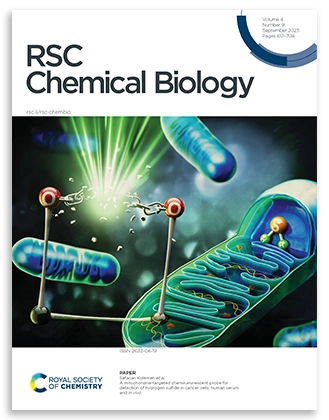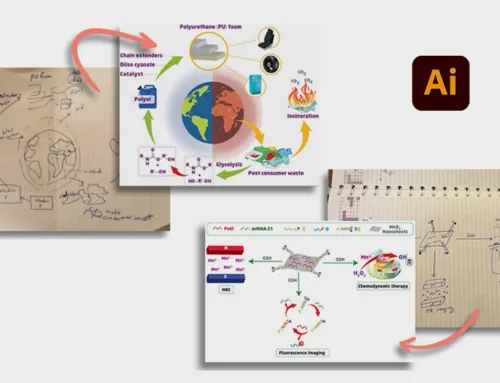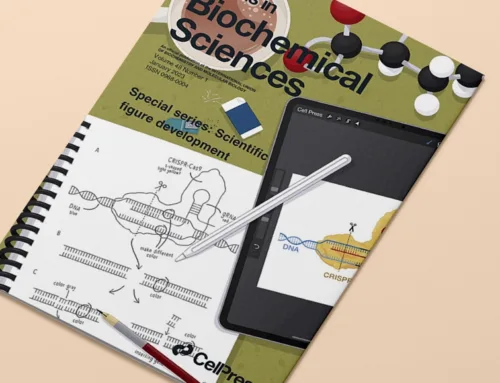Performing scientific research is beneficial when the results are effectively presented in the article. Visual components like graphs and figures can significantly assist you in correctly presenting the results in the articles. Nevertheless, graphs with no description cannot accurately explain your data. You should know the graph description is as crucial as the graph itself and should be noted. In this essay, we will provide some tips for describing graphs in scientific articles in the right way.
What is a graph in a scientific article?
A graph is a visual representation of numerical data from a study. It visually presents complex numerical data and demonstrates the relationship between variables. Providing data graphically allows readers to understand and analyze the results better. Graphs are classified into numerous categories based on certain features and how they present data. Depending on the numerical data type, select the graph that best fits your numerical data and cover all vital points. Generally, to improve the reader’s comprehension, use a simple and effective graph.

Key tips for describing graphs in scientific articles
1) Graph caption
The graph caption should be clear and brief. To enhance the graph clarity, outline crucial points in the caption area.
2) Introducing graph
Before incorporating the graph in the manuscript, explain its significance and highlight the study findings. This will make it easier for the reader to grasp the graph.
3) Describing axes
Before incorporating the graph in the manuscript, explain its significance and highlight the study findings. This will make it easier for the reader to grasp the graph.
4) Highlighting vital points
The key points should be highlighted in the graph and explained in the text. When describing a graph in a research article, highlight any abnormalities or unexpected tendencies
5) Analyzing statistically
Statistical analysis can allow you to strengthen the credibility of your data and findings.
6) Using supporting evidence
Referring to the earlier articles helps value the data and findings. This shows that your info is based on study rather than unsubstantiated sources.
7) Discussing limitations
Reporting the limitations related to the data and potential errors can confirm your research’s credibility.
8) Sharing conclusions
It’s crucial to explain to readers why the graph is there and how they might use its information for their future study.
How do I order professional scientific graphs?
Since using graphs in scientific articles is on the rise, If graphic design isn’t your thing and you’d rather focus on your research topic, we can assist! The Inmywork team has a lot of experience in scientific graphs and graphical abstracts. In addition, you can keep in touch with the team for editing several times. Your project will be provided attractively as soon as possible.
Recent Journal Cover Designs














Leave A Comment